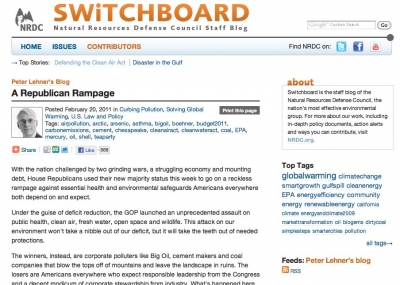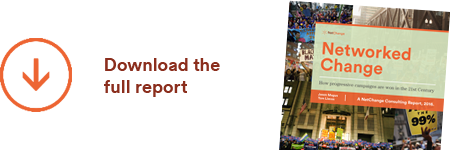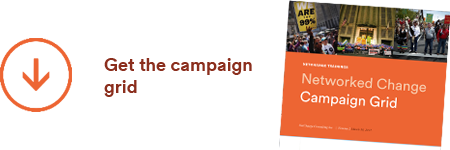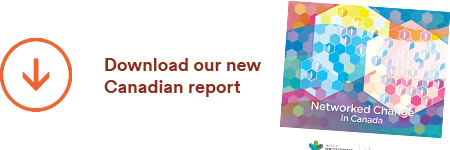We’ve heard a lot of noise lately about blogs being a dying breed, with people’s attention and effort being pulled towards smaller snippets of content in social networks. While that’s certainly happening, I believe blogs are still a critical and under-utilized tool for organizations to share expertise, support cause goals, and grow their businesses. In fact, they are the backbone of a strong multi-channel engagement strategy.
A recent Pew research study shows that, far from shrinking, blog use among adults has grown by an amazing 27% in only the last 2 years. A story today in Canada’s Globe and Mail confirmed their strength. While that’s not the dizzying triple digit growth of Facebook and Twitter, blogs as a new channel are not to be ignored. What’s more, if you’re jumping fully into social without a strong content core grown from your subject expertise, you’ll quickly run out of things to say. Social media fluff anyone?
We work with many niche organizations with strong domain expertise in very specific fields, and many are still not realizing the potential blogging offers. They haven’t quite landed the business and mission case for shifting senior staff behaviour towards writing real stories in real time in this way. But I’m still seeing dozens of examples of how embracing organizational blogs can be both incrementally useful and sometimes even transformative.
Take our client the NRDC, one of the world’s largest and most effective environmental organizations.  A few years ago they created their own staff blog, NRDC Switchboard, to share the expertise of their hundreds of senior lawyers, scientists, and policy makers directly with audiences and the media. At first it was challenging to get the old guard to take the time to blog: they’re all busy folks, nearly all built their careers long before the web became popular, and with many perceived risks of sharing real time sensitive information with the public rather than through traditional, high-control PR channels.
A few years ago they created their own staff blog, NRDC Switchboard, to share the expertise of their hundreds of senior lawyers, scientists, and policy makers directly with audiences and the media. At first it was challenging to get the old guard to take the time to blog: they’re all busy folks, nearly all built their careers long before the web became popular, and with many perceived risks of sharing real time sensitive information with the public rather than through traditional, high-control PR channels.
Today, over 120 of their 300 policy staff have active blog accounts, posting dozens of stories a day, the blog gets about a quarter of the traffic of their main – much larger and more expensive – website, and reporters from the New York Times and other conventional media regularly quote them in breaking news. The NRDC has created a culture of openly sharing their expertise, and the benefits to the organization, and to its busy senior leaders who invest weekly time writing, are now clear.
While the NYT may not follow your blog, many of these benefits will be similar for smaller organizations.
As we mentioned in our popular 5 resolutions for your digital program post earlier this year, blogs are the content backbone of your entire engagement experience. Share your best expertise directly with customers, supporters, and the world through a strong blog, parse out bits through your social channels, share with your email list, and re-publish on other blogs with more traffic than yours. Social and email is likely where you’ll catch your audience’s attention, but if your mission or expertise runs deeper than 140 characters (and we sure hope it does) this is where you’ll share your big ideas and land your big fish.
Look, there are lots of crap blogs out there, and no one should be running one without a clear strategy. That means it fits deeply with your mission and business goals, is targeted at a specific audience, fulfills a clear unmet need of that group, and that you make an organizational commitment to go whole hog and give it some time to show results, listening, learning, and adapting along the way. The Pew study, NRDC’s experience, and our own shows that most organizations who do relevant high impact work will gain real benefits from getting a horse into this race. And it’s still not too late to start.









